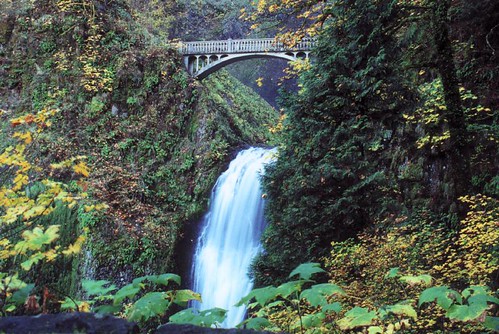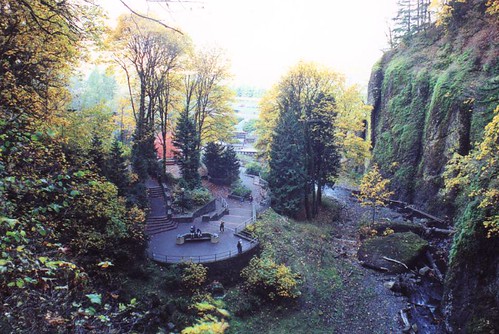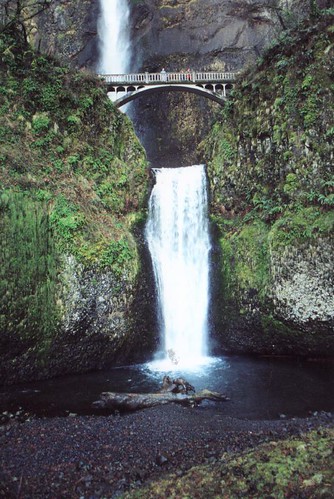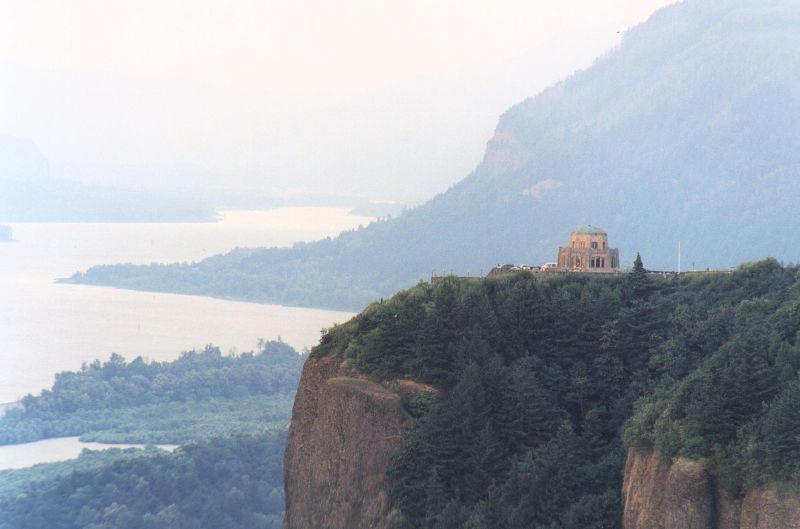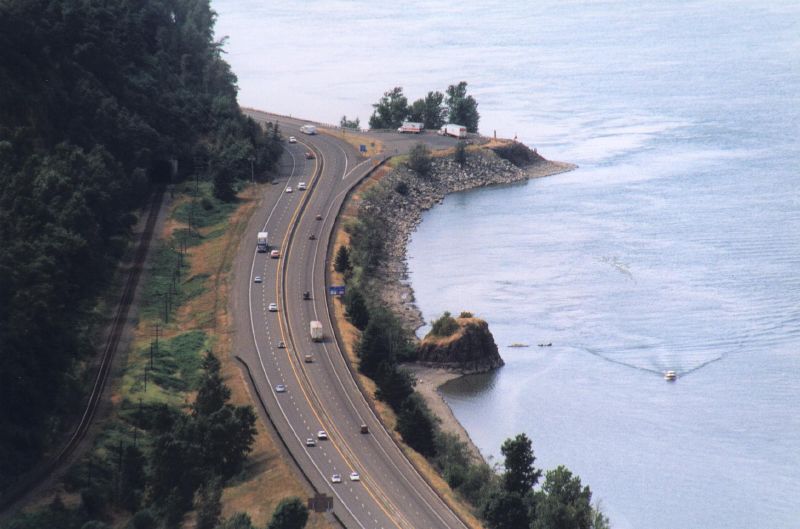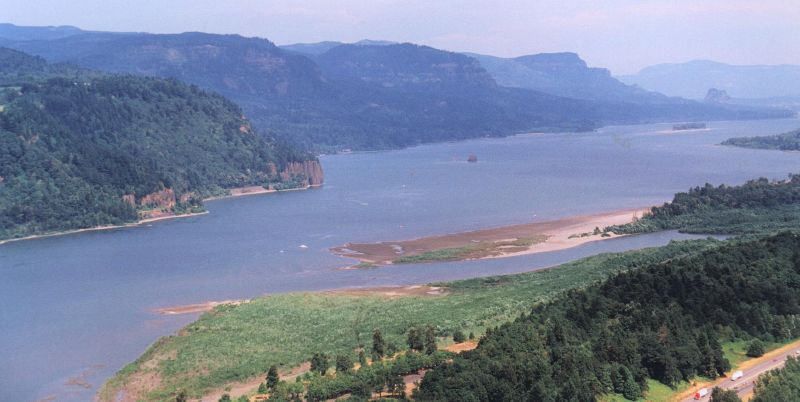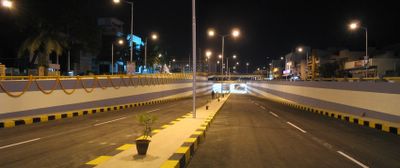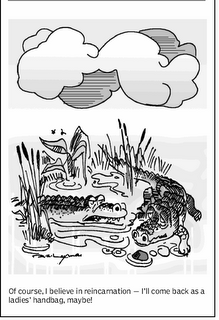The only time I went whitewater rafting was in August 1999 with three other friends (Subhash, Zahid, and Ramesh), in the Wenatchee river (Wikipedia link). The rapids were level 3, which meant there was no real risk of death by drowning, though the guide did tell us that if we didn't listen to him and row as he told us to, there did exist a real threat of capsizing.
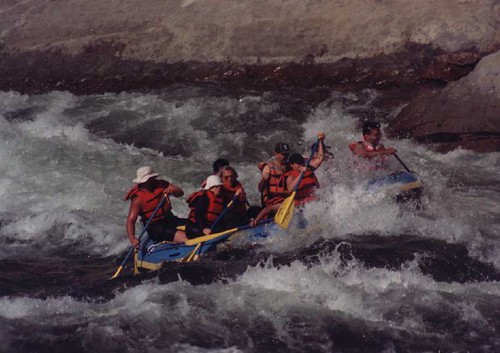
The entire adventure took a little over 4 hours. The rapids started appearing only after some half an hour or so, which gave the guide time to get everyone familiarized with how to paddle correctly, and other commands.
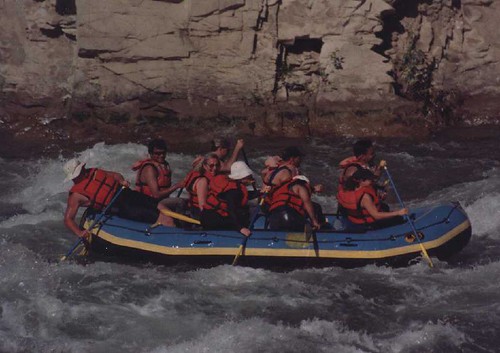
The next thing that Subhash wanted me to try was bungee jumping or parachuting, both of which I was not going to try anytime soon. As Seinfeld said in one standup show, the helmet is wearing you, not the other way round. And the helmet is really there to try and protect a head that has stopped functioning...
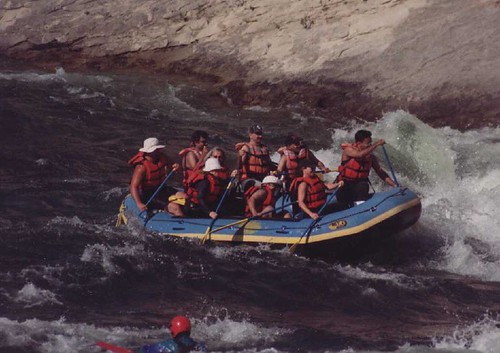
© 2006, Abhinav Agarwal (अभिनव अग्रवाल). All rights reserved. Re-posted to this blog June 2013

The entire adventure took a little over 4 hours. The rapids started appearing only after some half an hour or so, which gave the guide time to get everyone familiarized with how to paddle correctly, and other commands.

The next thing that Subhash wanted me to try was bungee jumping or parachuting, both of which I was not going to try anytime soon. As Seinfeld said in one standup show, the helmet is wearing you, not the other way round. And the helmet is really there to try and protect a head that has stopped functioning...

